Graham Carey’s Bulgarian experience tells him Scottish football won’t be suffering VAR torture for too much longer.
The Irishman endured the same frustrations as a CSKA Sofia player as he currently is with St Johnstone in the Premiership.
But the former Plymouth Argyle star has predicted a big improvement next season.
“I was in Bulgaria when they brought VAR in and it was the same as it has been here,” said Carey.
VAR in Bulgaria. Just amazing https://t.co/vKOReyotY3
— Emanuel Roşu (@Emishor) May 2, 2019
“The first season it was very slow and hard to get used to. One game I played in it took about six minutes to make a decision.
“But it gets better the more it’s used and the more people get accustomed to it.
“So I think next season in Scotland we’ll be more used to it, the players will be and the officials will be too, so everything will speed up.”
Letting the game flow
VAR officials getting a grip of when to intervene and when to leave alone will be the key factor if there’s to be a second season change for the better, according to Carey.
“Silly things were being flagged up and people were unhappy with it over there,” he recalled.
“There was a big difference between year one and year two. You could see the referees having more confidence in it and letting the game flow.
“At the start they were looking at loads of different things but over time it gets simplified and they focus on a much narrower amount of stuff.
“Over there in the second season it was just offsides, goals, penalties and possible red cards.
“Everything else they didn’t get involved and that’s how it should be.
“You can slow any tackle down and it will look back – look at the Dan Phillips one here for example, he was in control of the ball.
“But when that was slowed down it looked much worse than it was.
“What will happen is it’ll be scaled back to only look at certain things and it will be much better.
“Once it’s used that way and people are not thinking about it as much, it gets better.”
Carey added: “Scottish football is renowned for being high-tempo and high-paced, so when you take that away you water it down a bit.
“In Bulgaria that first season, every challenge inside the box people were shouting for VAR to be used.
“But the novelty wears off and it just becomes something that’s there in the end, and there’s not as much of a clamour for it all the time.
“Handball is what is really getting people frustrated at the moment because there has been a lot of penalties you look at and think it’s soft.
“If you’ve played the game you know it’s not handball, but by the rules it is.

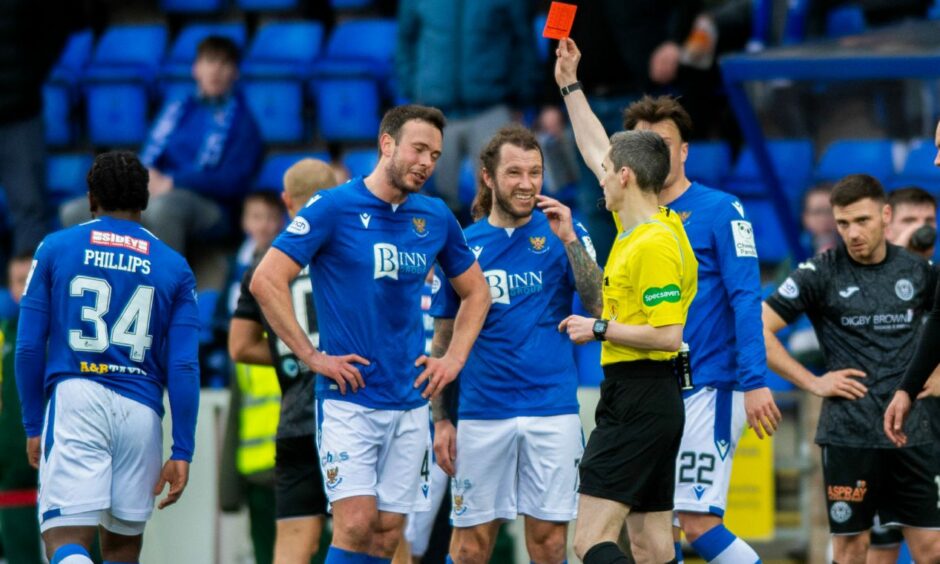
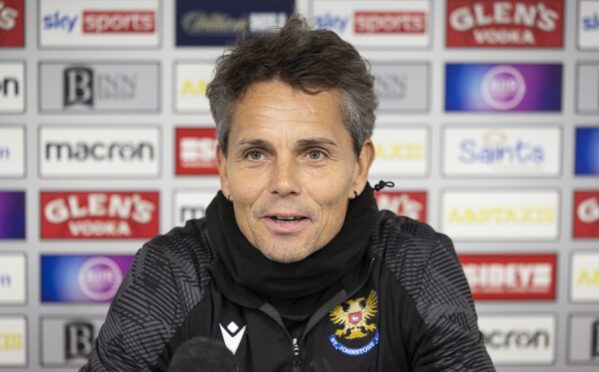

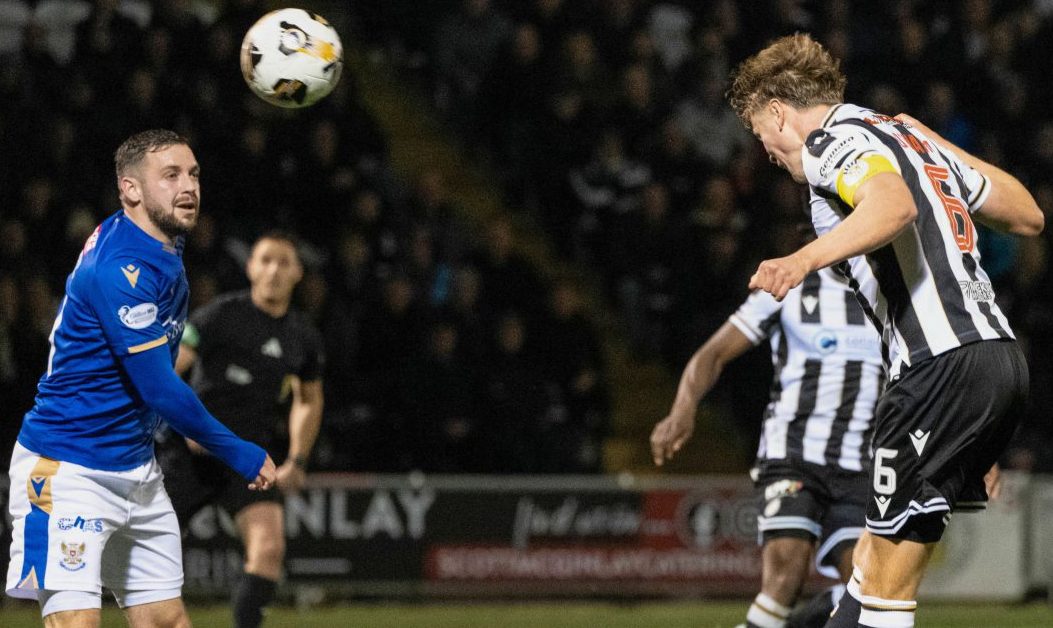



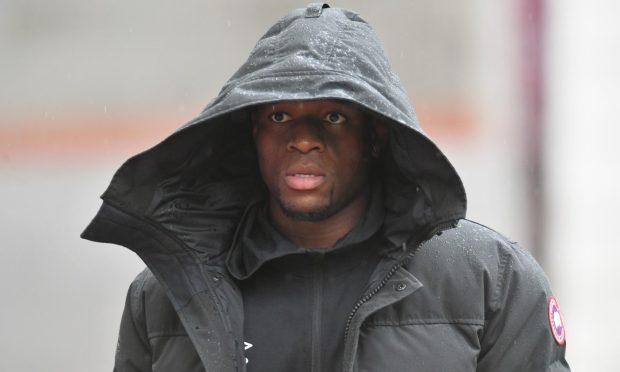

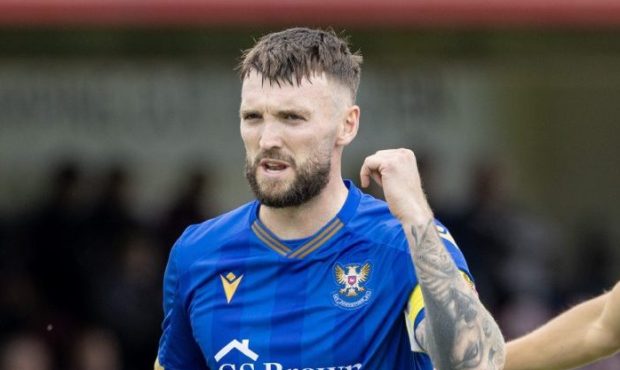

Conversation